Large Language Models (LLMs) have rapidly emerged as transformative tools in the world of artificial intelligence, capable of understanding, generating, and interacting with human-like text. These models are being employed across a myriad of applications, from simple tasks like answering questions and summarizing articles to more complex ones like generating detailed reports or engaging in dynamic conversations.
According to Forrester, leading firms are accelerating their automation efforts fueled by a new wave of AI enthusiasm, with LLMs playing a pivotal role in this transformation.
However, the true potential of LLMs is unlocked when they are integrated within specialized frameworks. These frameworks provide the infrastructure and tools necessary to harness the power of LLMs effectively, allowing developers to build sophisticated, AI-driven applications. By using these frameworks, one can manage the complexities of deploying large models, connecting different AI tools, and optimizing performance, thereby making AI solutions more accessible, scalable, and efficient.
The primary purpose of these LLM frameworks is to facilitate the smooth operation of various AI-driven tasks, which might include anything from retrieving information and fine-tuning models to performing a series of actions seamlessly. In essence, these frameworks are the backbone of modern AI applications, enabling more intelligent, cohesive, and efficient operations.
As the demand for AI-driven solutions continues to grow, so does the importance of selecting the right LLM framework. The right choice can significantly influence the efficiency, scalability, and overall success of your AI projects. Therefore, understanding the features and capabilities of various LLM frameworks is crucial for developers, data scientists, and organizations looking to leverage AI in their operations.
When selecting a framework to work with Large Language Models (LLMs), it's important to consider several key features that can significantly impact the effectiveness and efficiency of your AI projects. These features ensure that the framework not only meets your current needs but also provides the flexibility and scalability to grow with your future requirements.
One of the most critical aspects of any LLM framework is its support for various models. This includes:
An ideal LLM framework should be user-friendly, enabling both beginners and experts to deploy and manage models with ease. This includes intuitive interfaces, comprehensive documentation, and the availability of tutorials or guides. The framework should simplify complex processes like model deployment, fine-tuning, and integration with other tools, ensuring that users can focus on building and improving their AI applications rather than struggling with technical hurdles.
Scalability is a crucial feature, especially for organizations that deal with large datasets or require high computational power. A scalable framework should offer:
The framework's ability to integrate with popular machine learning frameworks (such as TensorFlow, PyTorch, or Keras) is vital for ensuring that your workflow remains smooth and that you can leverage existing tools and libraries. Compatibility with these frameworks allows for easier model training, evaluation, and deployment, enhancing the overall flexibility of your AI projects.
Having well-documented and accessible APIs is essential for integrating the LLM framework into your existing systems and workflows. APIs enable automation, customization, and extension of the framework’s capabilities, making it easier to build complex applications that require interaction with other software or platforms.
In today’s diverse tech landscape, cross-platform support is a necessity. The ability to deploy models across different environments—be it cloud, on-premises, or edge devices—ensures that your AI applications can reach a broader audience and adapt to various operational requirements.
Effective performance monitoring tools are essential for tracking and optimizing model performance in real time. Key metrics like latency, throughput, and error rates should be easily accessible, allowing for quick adjustments and improvements. Additionally, logging and auditing capabilities are crucial for troubleshooting and maintaining model reliability.
As AI models become more complex, understanding and interpreting their predictions is increasingly important. Features that provide model explainability help users to trust the model's outputs and ensure transparency. This includes tools for interpreting predictions, detecting biases, and understanding how different inputs affect the model’s decisions.
Data privacy and access control are paramount, especially when working with sensitive information. The chosen framework should offer robust security features, including encryption, role-based access controls, and compliance with data protection regulations. Ensuring that your AI applications are secure protects both your data and the integrity of your models.
Cost efficiency is a key consideration, particularly for organizations with budget constraints. A framework’s pricing model should align with your financial resources while offering the necessary features. This might include flexible pricing options, such as pay-as-you-go models or subscription plans, that allow you to scale usage according to your needs.
A strong community and ecosystem can greatly enhance the value of an LLM framework. Active community support, along with a rich ecosystem of plugins, third-party tools, and integrations, can accelerate development and problem-solving. Moreover, seamless integration with other tools and services in your tech stack—such as data management tools, CI/CD pipelines, and MLOps platforms—ensures that your AI projects can be efficiently managed and scaled.
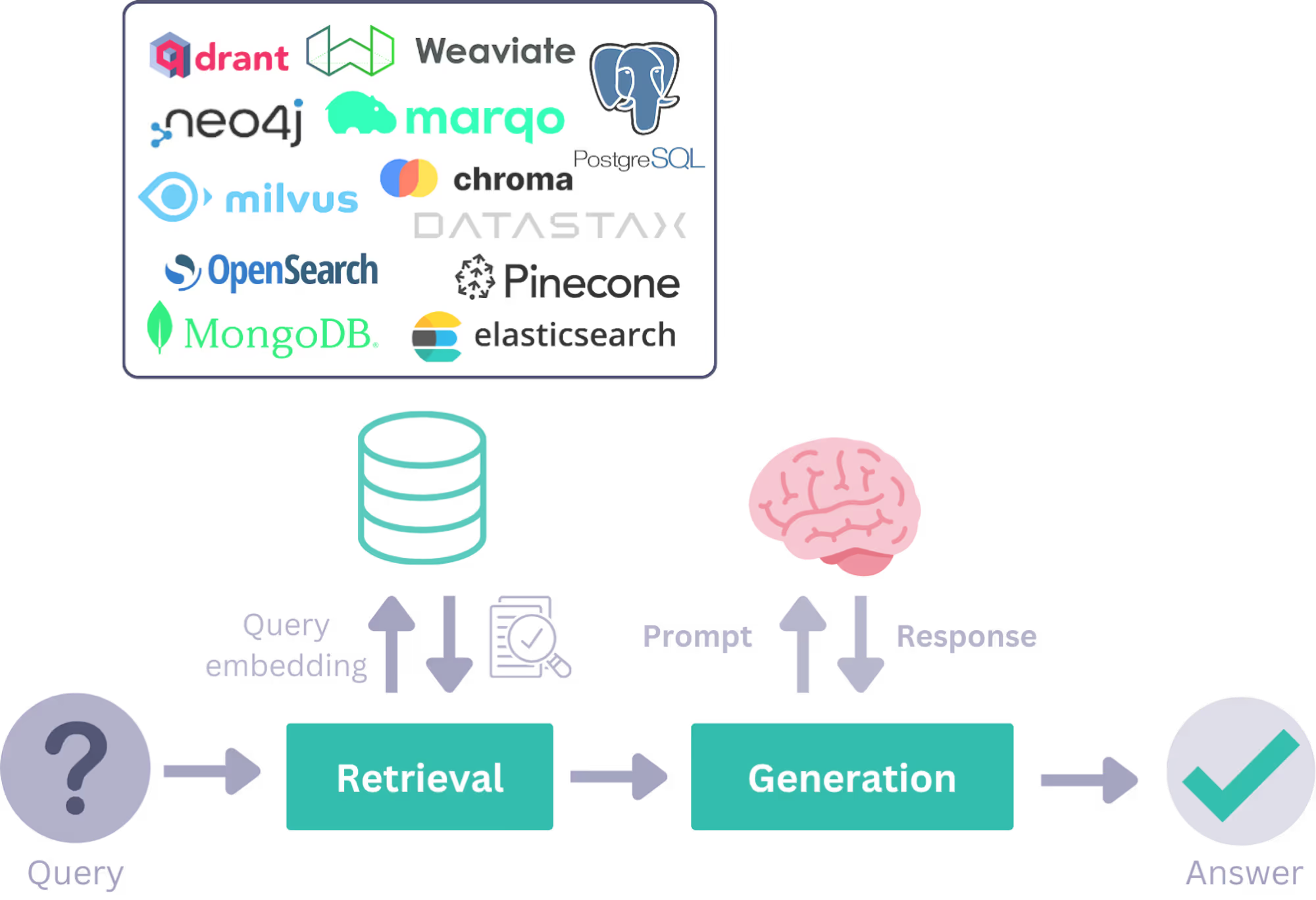
Haystack is an open-source framework designed to build AI applications, especially those involving large language models (LLMs).
.avif)
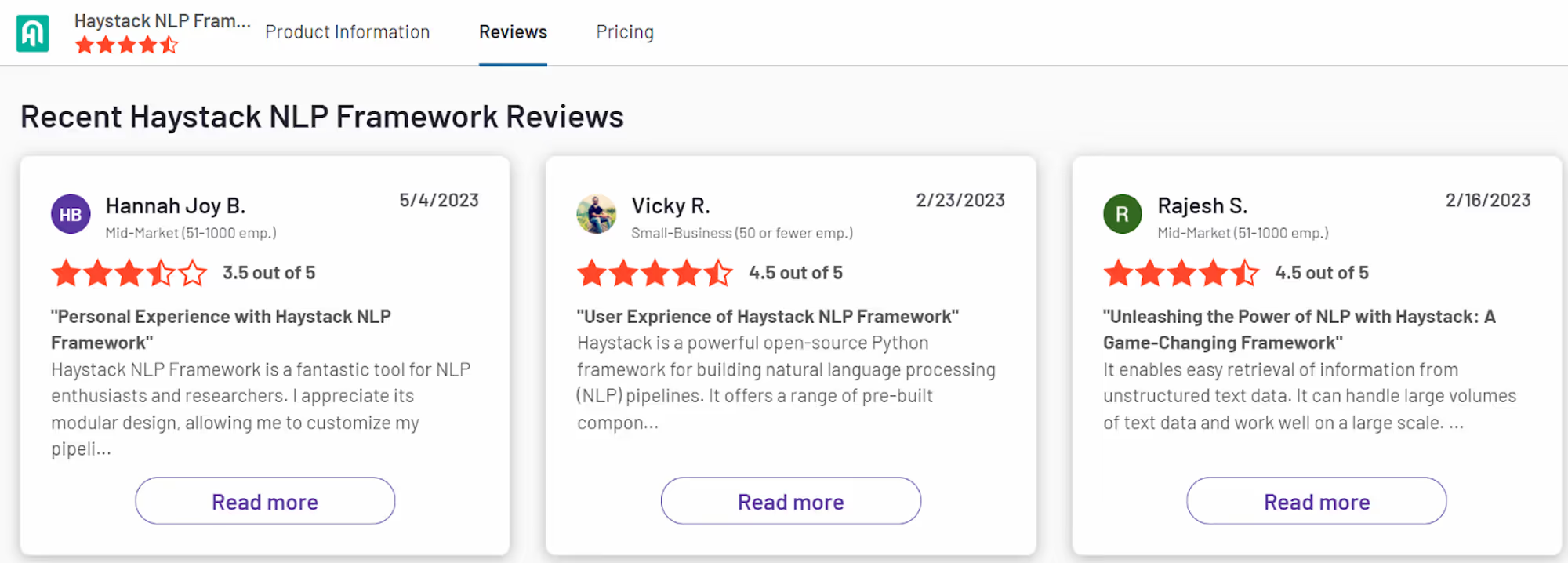
Haystack is an open-source framework.
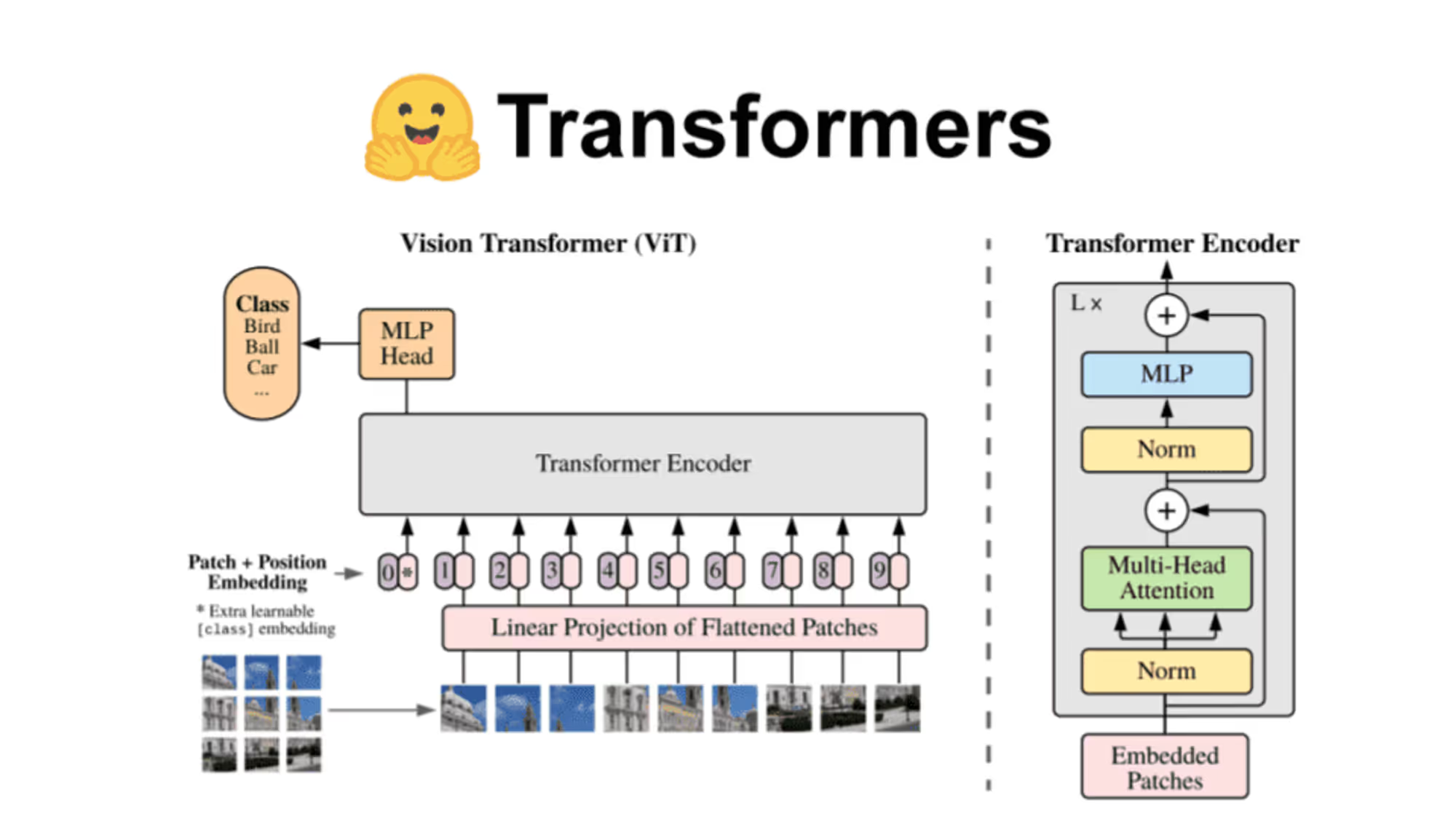
Hugging Face Transformers is an open-source library that provides easy access to state-of-the-art natural language processing (NLP) models, including BERT, GPT, T5, and more. It simplifies the process of leveraging these models for tasks like text classification, summarization, translation, and conversational AI.
Hugging Face offers a range of pricing plans, including a free tier with limited access, and paid plans that start at $9 per month, providing additional features like enhanced API access, training capabilities, and higher usage limits for more advanced needs.

LlamaIndex is a framework for building context-augmented generative AI applications with LLMs, including agents and workflows.
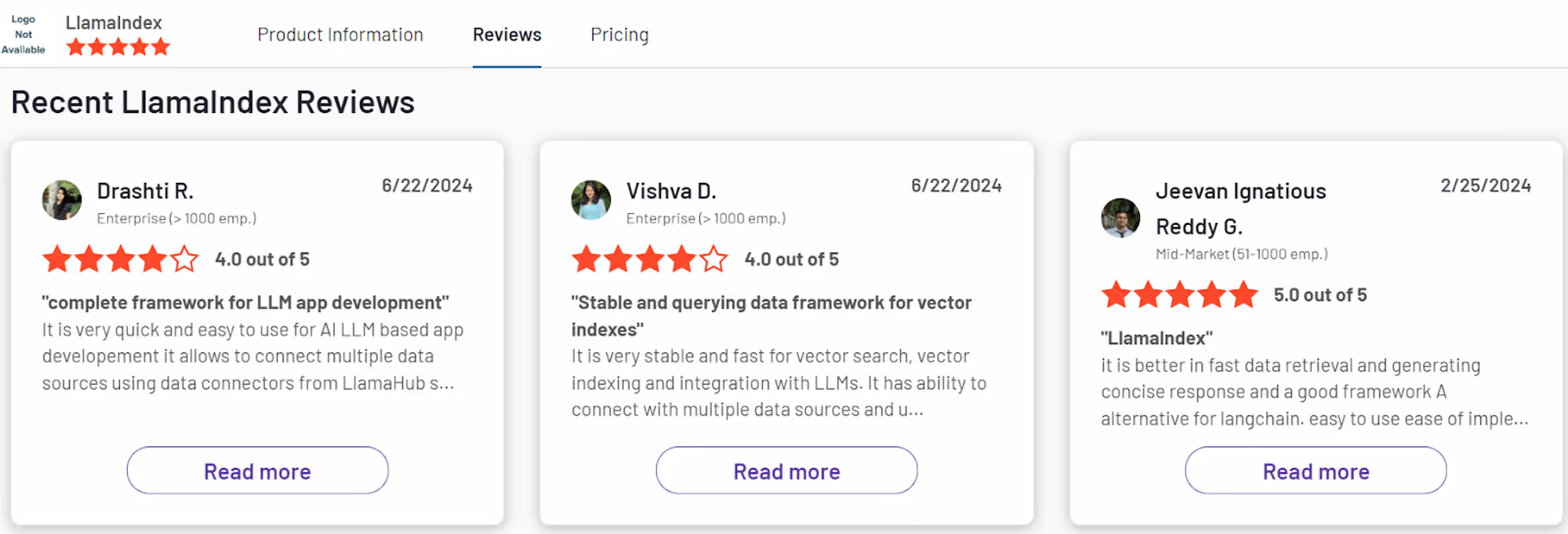
LlamaIndex pricing is based on the computational costs of running models, data processing, and storage, allowing for flexible cost management depending on the complexity and scale of your AI application.
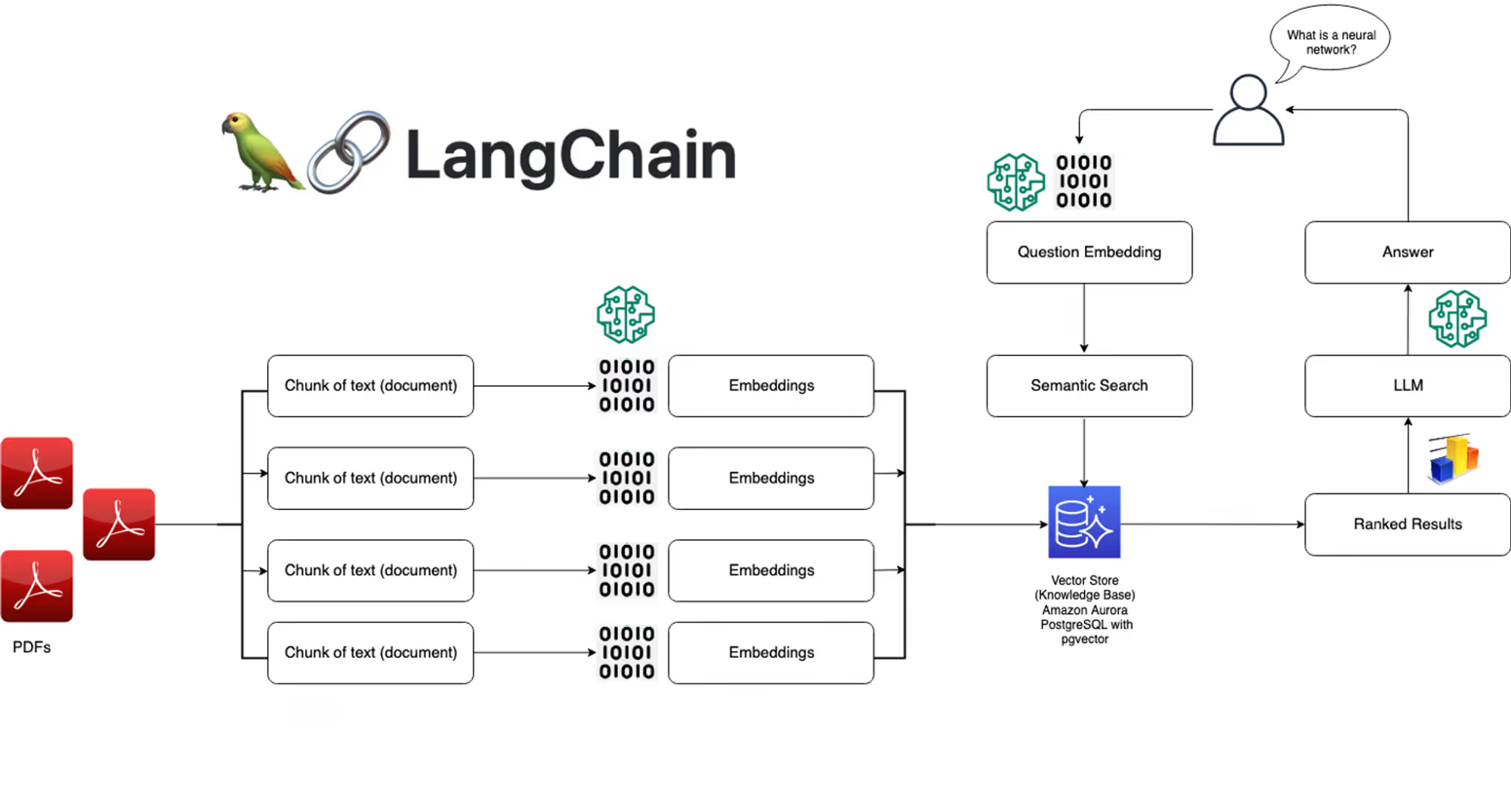
LangChain is a framework designed to streamline the development of applications that utilize large language models (LLMs). It excels in integrating LLMs into various use cases, such as document analysis, summarization, chatbots, and code analysis, offering a unified platform for tasks commonly associated with language models.
.avif)


LangChain offers a range of pricing plans, starting with a free tier and scaling up based on usage, providing options suitable for individual developers to enterprise-level needs.
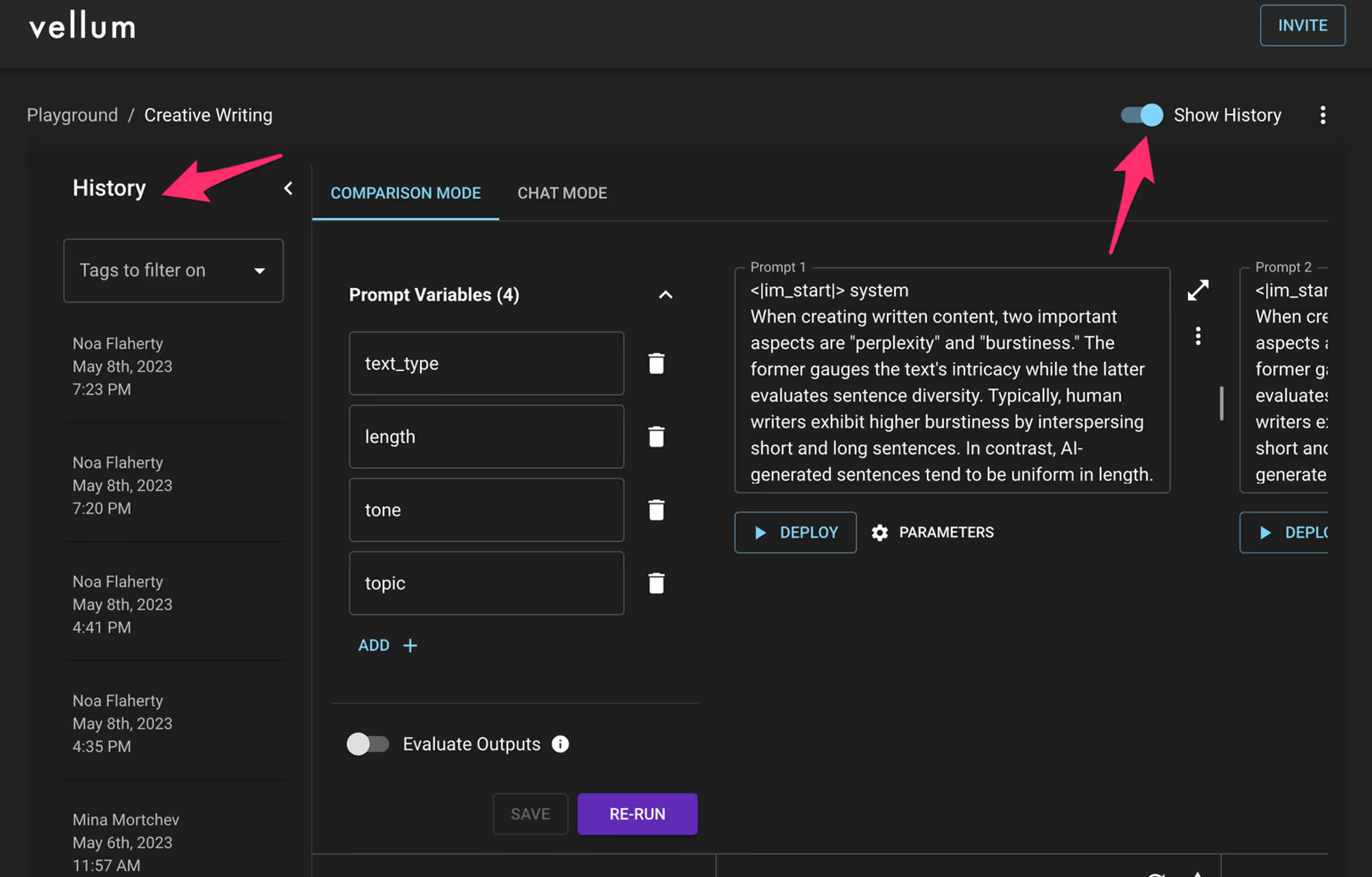
Vellum AI is a platform designed to streamline the deployment, monitoring, and management of large language models (LLMs) in production environments. It provides tools for fine-tuning, scaling, and optimizing models, helping businesses efficiently integrate AI into their operations. Vellum AI is particularly focused on simplifying the process of using LLMs in real-world applications, ensuring performance and reliability.

Vellum AI offers a flexible pricing model with customized plans based on usage and specific needs, catering to different business sizes and requirements.
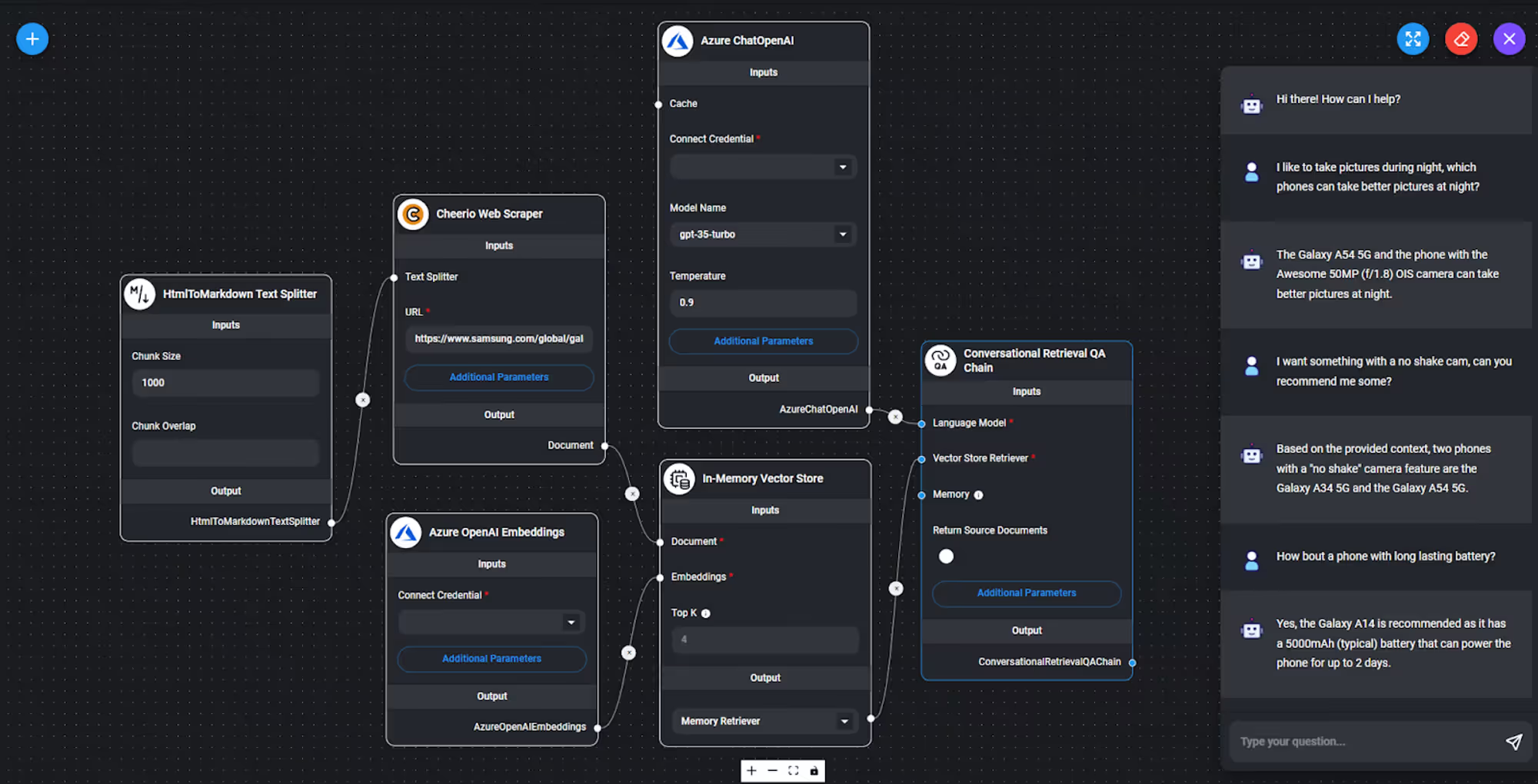
Flowise is an open-source platform that simplifies the creation and management of AI applications by providing an easy-to-use interface for connecting large language models (LLMs) with various data sources.
FlowiseAI offers a free tier and paid plans starting at $10 per month, providing scalable options to suit different needs and budgets.
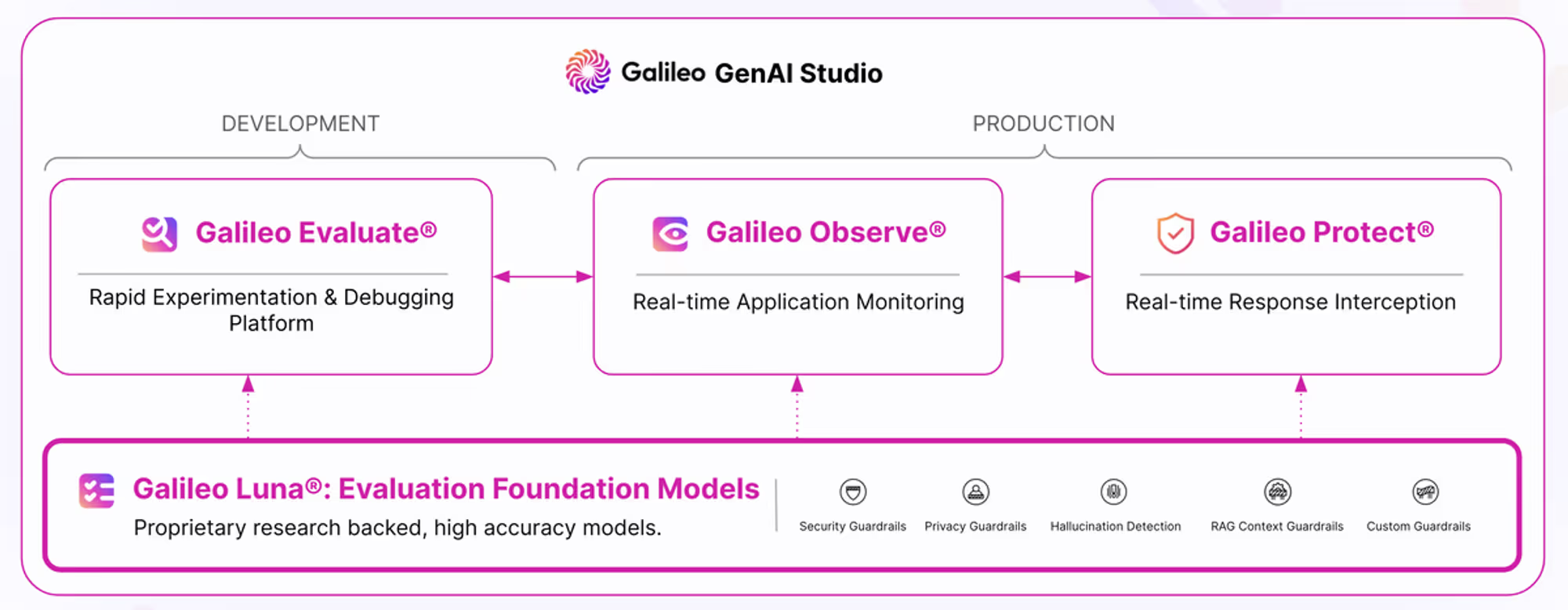
Galileo is a platform designed to help machine learning teams build, debug, and optimize their datasets for AI model development.

Galileo offers enterprise pricing plans tailored to each customer’s needs and scale.

AutoChain is a platform developed by Forethought that automates the creation and management of AI-driven workflows. It enables businesses to design, deploy, and scale complex AI applications with ease, leveraging powerful tools for data processing, natural language understanding, and decision-making. AutoChain is designed to streamline AI operations, allowing users to build intelligent systems that can interact with data, automate tasks, and enhance decision-making processes across various business functions.
There is no estimate or indication of the pricing by Forethought that is publicly available.
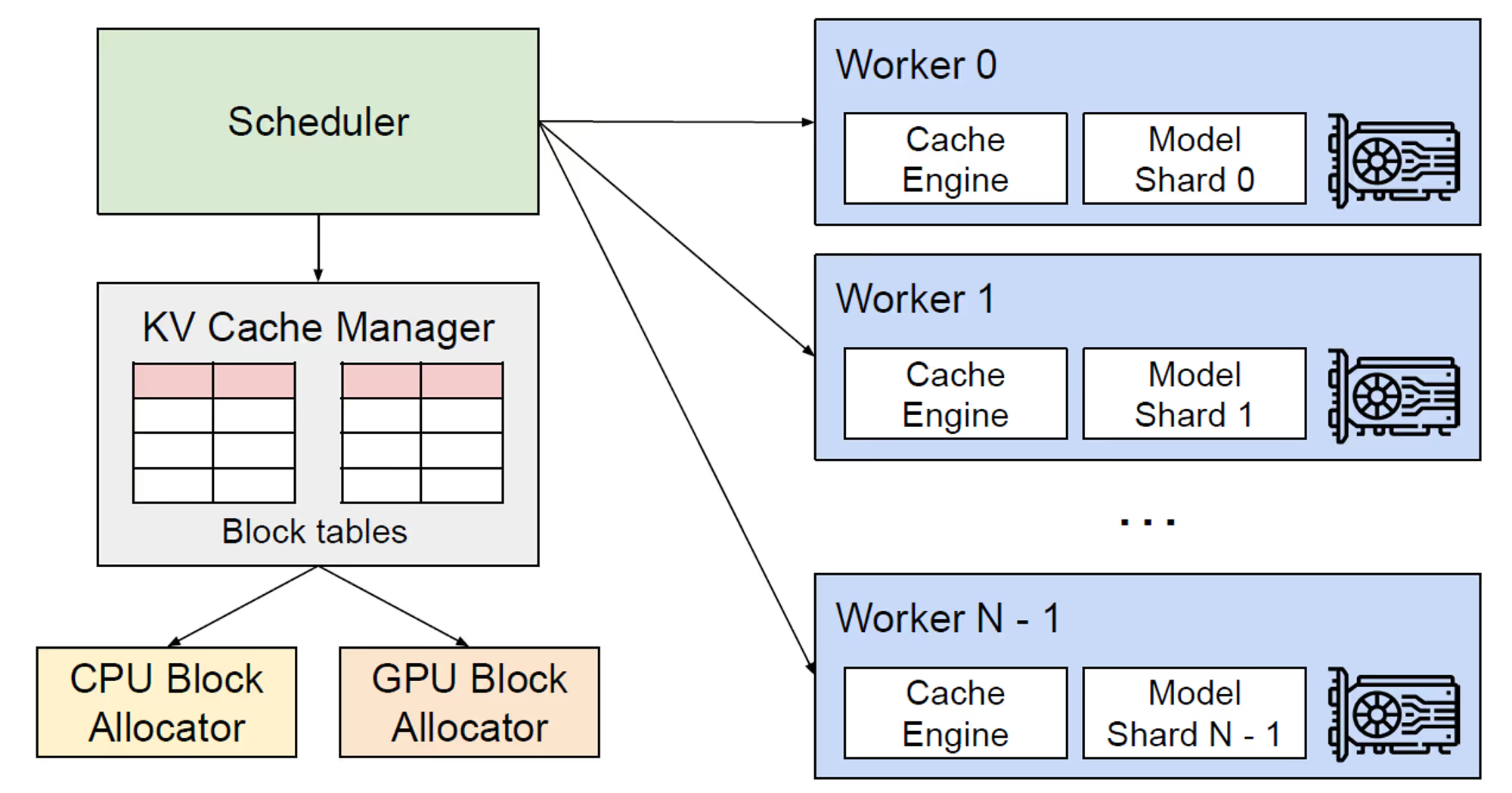
vLLM was initially introduced in a paper titled "[Efficient Memory Management for Large Language Model Serving with PagedAttention](https://arxiv.org/abs/2309.06180)," authored by Kwon et al. vLLM, short for Virtual Large Language Model, is an active open-source library designed to efficiently support inference and model serving for large language models (LLMs).

There is no estimate or indication of the pricing by vLLM that is publicly available. However, it states that it is a cheap LLM serving everyone.
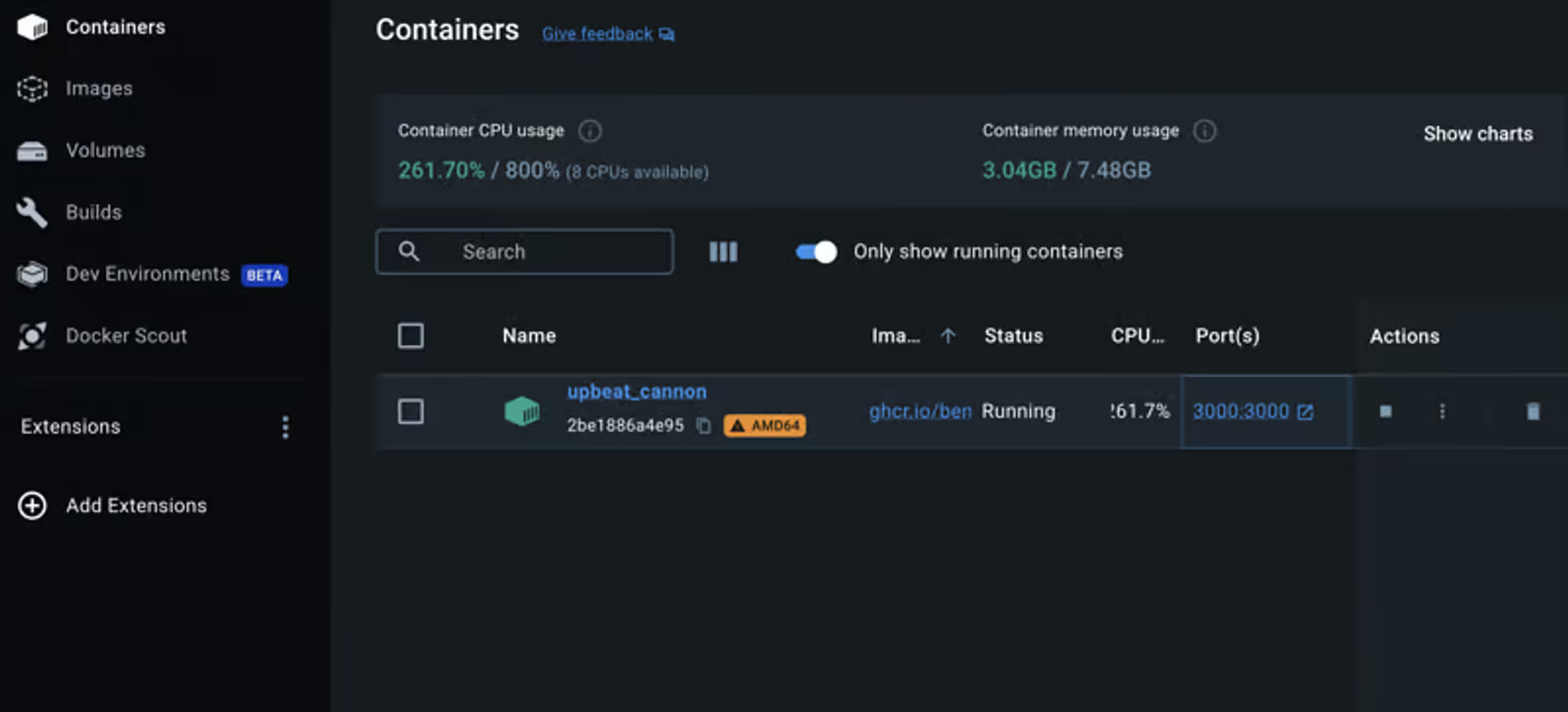
OpenLLM is a robust platform that enables developers to harness the capabilities of open-source large language models (LLMs). It serves as a foundational tool that easily integrates with other powerful technologies, including OpenAI-compatible endpoints, LlamaIndex, LangChain, and Transformers Agents.
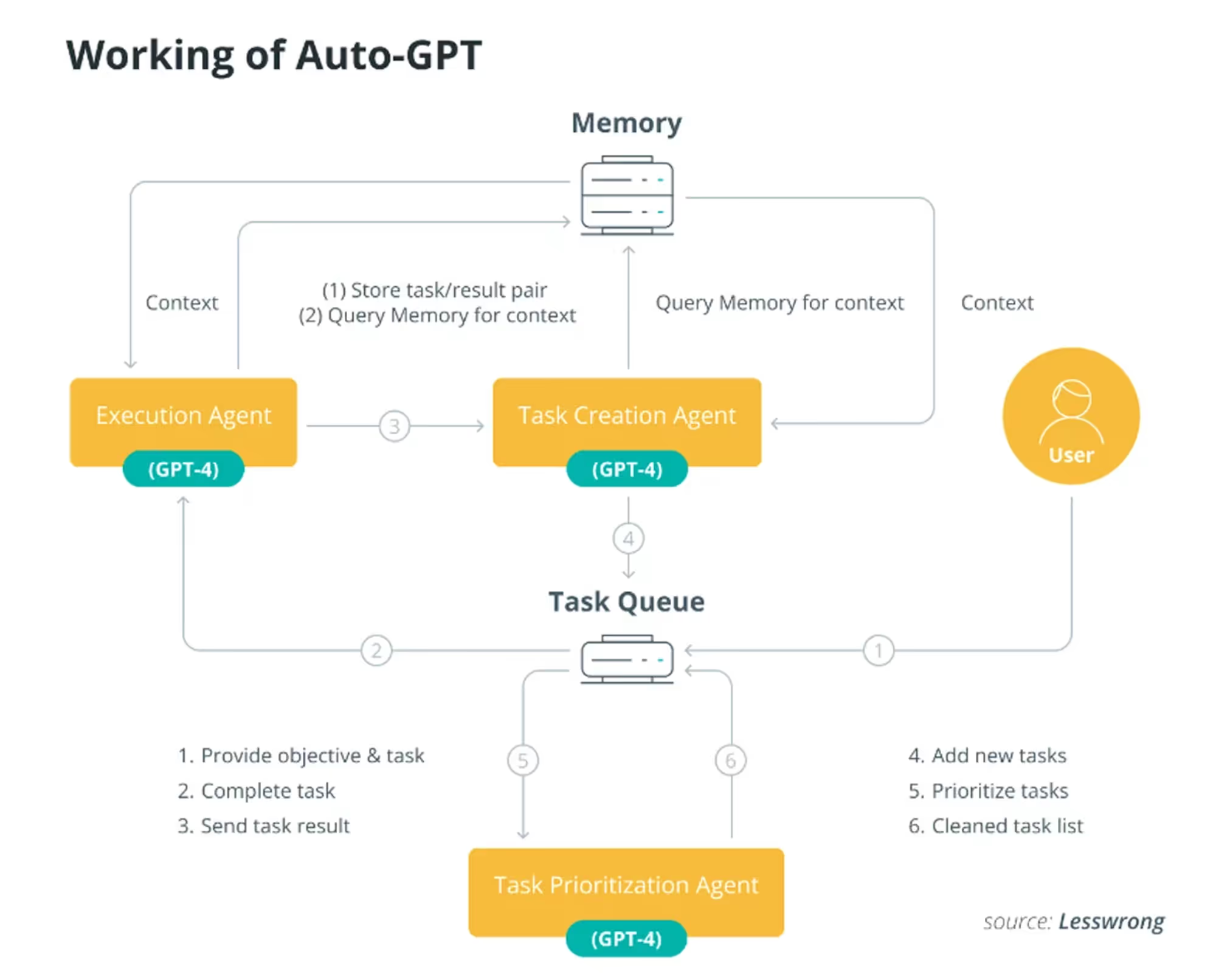
Auto-GPT is an advanced AI tool that builds on the capabilities of OpenAI’s GPT-4 model, allowing for autonomous task execution without requiring constant user input. Unlike ChatGPT, which operates in a conversational mode and requires user prompts for each interaction, Auto-GPT can independently plan, execute, and iterate on tasks.

AutoGPT offers Basic, Pro, and Advanced plans starting at $19 monthly or $190 annually, with a free plan that includes 30 message credits and one chatbot.

Langdock enables developers to easily deploy, manage, and scale LLMs across different environments. Langdock focuses on providing a seamless experience for building AI-powered applications by simplifying the complexities associated with model deployment, monitoring, and optimization. This makes it easier for businesses and developers to leverage the power of LLMs in their projects without needing extensive infrastructure or expertise.
Langdock still needs to provide pricing information for this product or service.
.avif)
NVIDIA NeMo is a comprehensive platform designed for developing custom generative AI models, including large language models (LLMs), as well as multimodal, vision, and speech AI applications across various environments. It enables the delivery of enterprise-ready models through advanced data curation, state-of-the-art customization, retrieval-augmented generation (RAG), and enhanced performance. NeMo is part of the NVIDIA AI Foundry, a broader platform and service focused on creating custom generative AI models utilizing enterprise data and domain-specific expertise.
.avif)
NeMo has not provided pricing information for this product or service.

Microsoft Guidance is a library designed to give developers more control over large language models (LLMs) by enabling them to manage the model's behavior and outputs more precisely.
Selecting the right LLM framework is crucial for successfully leveraging the power of large language models in your AI projects. Each of the top 14 frameworks we explored—ranging from the robust and versatile platforms like Hugging Face Transformers and LangChain to specialized tools like LlamaIndex and NVIDIA NeMo—offers unique benefits and considerations.
The choice of framework depends largely on your specific needs, such as ease of use, scalability, integration capabilities, and the particular AI tasks you aim to accomplish.
As the AI landscape continues to evolve, these frameworks will play a critical role in shaping how developers and organizations deploy, manage, and scale AI solutions. By carefully evaluating the features and limitations of each framework, you can ensure that your AI initiatives are not only powerful but also efficient, scalable, and aligned with your long-term goals.
Whether you are building complex AI workflows, enhancing existing applications, or exploring new AI-driven possibilities, choosing the right LLM framework will be key to unlocking the full potential of your AI endeavors.
Try Doctor Droid — your AI SRE that auto-triages alerts, debugs issues, and finds the root cause for you.
(Perfect for DevOps & SREs)

Install our free slack app for AI investigation that reduce alert noise - ship with fewer 2 AM pings
Everything you need to know about Doctor Droid
LLM frameworks are specialized software infrastructures that help developers effectively deploy, manage, and utilize Large Language Models. They're important because they handle the complexities of working with these powerful AI models, making them more accessible, scalable, and efficient for real-world applications. Without these frameworks, leveraging the full potential of LLMs would be significantly more challenging.
Choose based on your specific needs by considering: ease of use (developer experience), scalability requirements, integration capabilities with your existing systems, specialized features for your AI tasks, community support, and documentation quality. Your technical expertise level and the specific AI capabilities you need should guide your decision.
Hugging Face Transformers and LangChain are among the most versatile frameworks. Hugging Face provides access to thousands of pre-trained models with a unified API, while LangChain excels at creating complex AI workflows by connecting LLMs with other tools and data sources. Both have large communities and comprehensive documentation.
Yes, several frameworks specialize in particular areas. For example, LlamaIndex focuses on connecting LLMs with external data sources and knowledge retrieval, while NVIDIA NeMo is optimized for training and fine-tuning models on NVIDIA hardware. Your specific application needs might be better served by these specialized frameworks.
The required expertise varies by framework. Some like Hugging Face and LangChain offer high-level APIs designed to be accessible to developers without deep AI knowledge. Others might require more understanding of machine learning concepts, especially for advanced customization. Most frameworks provide documentation and examples to help you get started regardless of your expertise level.
Performance is typically measured across several dimensions: inference speed (how quickly models generate outputs), resource efficiency (CPU/GPU/memory usage), scalability (handling increased workloads), and integration capabilities. The right performance metrics depend on your specific use case—real-time applications prioritize speed, while batch processing might focus on throughput and efficiency.
LLM frameworks are enabling the acceleration of automation efforts by making AI more accessible and practical. They allow organizations to build sophisticated AI applications that can understand context, generate human-like responses, and perform complex tasks—all critical components of the new wave of intelligent automation that Forrester predicts leading firms will implement.
Absolutely. Most modern LLM frameworks include features for efficient deployment, such as model optimization, containerization support, and distributed computing capabilities. They also often provide tools for monitoring performance, managing multiple model versions, and scaling resources based on demand—all essential for production AI systems.
Dr. Droid can be self-hosted or run in our secure cloud setup. We are very conscious of the security aspects of the platform. Read more about security & privacy in our platform here.
Dr. Droid can be self-hosted or run in our secure cloud setup. We are very conscious of the security aspects of the platform. Read more about security & privacy in our platform here.


